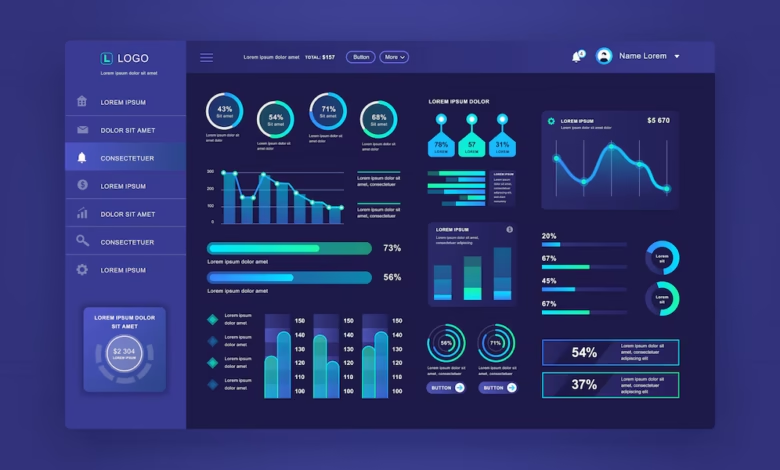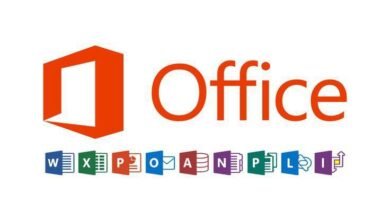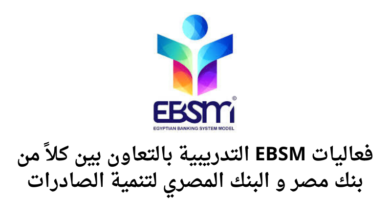Your Ultimate Guide to Microsoft Power BI: Everything You Need to Know About Data Analysis and Smart Decision-Making

In the age of big data and evidence-based decision-making, it has become essential for organizations and individuals to use powerful tools for analyzing data and extracting actionable insights. Among these tools, Microsoft Power BI stands out as one of the most powerful and widely used platforms for data analysis and visualization. In this article, we present a comprehensive guide covering everything you need to know about Power BI — from its definition and core functions to its benefits, usage, and best practices for maximizing its potential.
What is Microsoft Power BI?
Power BI is a suite of services and applications offered by Microsoft designed to transform raw data into interactive and visual insights. It enables users to import data from various sources, clean and analyze it, and then present the results through dynamic reports and dashboards.
Power BI consists of several key components, including:
- Power BI Desktop: A free desktop tool used to create reports.
- Power BI Service: A cloud-based platform for sharing reports and dashboards.
- Power BI Mobile: A mobile app for viewing reports anytime, anywhere.
- Power BI Gateway: For refreshing on-premises data to the cloud.
- Power BI Report Server: For storing reports on internal servers.
The Importance of Power BI in Business
Power BI has become a strategic tool for organizations because it enables:
- Faster decision-making through clear visual insights.
- Reduced dependence on technical departments by empowering regular users.
- Deep analytics that help improve operations and boost efficiency.
- Enhanced forecasting using AI and machine learning.
Core Functions of Power BI
Here are the key functionalities Power BI offers:
1. Importing Data from Multiple Sources
Power BI supports importing data from over 70 different sources, including:
- Excel, CSV, XML files
- Databases like SQL Server, Oracle, MySQL
- Cloud services like Google Analytics, Azure, Salesforce
- Web services and APIs
2. Data Cleaning and Transformation (Power Query)
Power BI provides the Power Query Editor, allowing you to:
- Remove unwanted columns
- Merge tables
- Transform data types
- Fill in missing values
- Create custom columns using the M language
3. Creating Relationships Between Tables
The Data Model feature allows linking tables through primary and foreign keys, enabling dynamic data analysis without data duplication.
4. Analysis Using DAX Language
DAX (Data Analysis Expressions) is a language designed for calculations within Power BI. It is used to create:
- Measures
- Calculated columns
- Custom tables
5. Designing Interactive Reports and Dashboards
Users can create attractive reports using visual elements like:
- Bar and pie charts
- Time series plots
- Geographic maps
- Filters and slicers
- Data cards
6. Sharing Reports and Online Collaboration
Through Power BI Service, users can:
- Publish reports online
- Share dashboards with team members
- Control viewing and editing permissions
- Automatically refresh data
Advantages of Using Power BI
Power BI has many features that make it the go-to tool for analysts and organizations:
1. User-Friendly Interface
The Power BI interface is similar to other Microsoft products like Excel, making it familiar and easy to learn.
2. High Integration with Microsoft Products
Power BI integrates seamlessly with Excel, Azure, SharePoint, and other Microsoft services.
3. Flexibility in Handling Data
The program supports various data types and large datasets without compromising performance.
4. Advanced Analytics Capabilities
It offers advanced analytics tools such as:
- Statistical forecasting
- Seasonal trend analysis
- What-if analysis
5. Automatic Data Refresh
You can schedule automatic data refreshes to ensure users always access up-to-date information.
6. High Security
Power BI provides advanced access control and encryption features, ensuring secure data management.
How to Get Started with Power BI
To start using Power BI, follow these steps:
Step 1: Download Power BI Desktop
- Go to the official Microsoft website and download Power BI Desktop for free.
Step 2: Import Your Data
- Open the program and choose the appropriate data source.
- Set up the connection and import the required data.
Step 3: Clean Your Data
- Open the Power Query Editor and make necessary adjustments.
Step 4: Build the Data Model
- Link tables using keys.
- Create measures using DAX.
Step 5: Design Your Reports
- Drag and drop visual elements into the report canvas.
- Customize colors, fonts, and titles as needed.
Step 6: Publish and Share
- Save the report and publish it to the Power BI Service.
- Share the report with colleagues or other departments.
Applications of Power BI Across Industries
1. Finance Sector
- Track financial performance and cash flow.
- Analyze costs and revenues.
2. Marketing and Sales
- Analyze customer behavior.
- Track marketing campaigns.
- Measure sales team performance.
3. Human Resources
- Analyze employee turnover rates.
- Monitor absenteeism and attendance.
- Evaluate employee performance.
4. Education Sector
- Analyze student performance.
- Monitor attendance rates.
- Manage institutional academic performance.
5. Healthcare Sector
- Track patient records.
- Analyze treatment effectiveness.
- Monitor departmental performance.
Challenges of Using Power BI
Despite its many benefits, users may face some challenges, such as:
- Learning Curve in DAX: Mastering DAX requires time and practice for complex calculations.
- Managing Large Data Sets: Working with massive datasets may require performance tuning.
- Designing Interactive Reports: Creating engaging visual experiences demands mastery of visual tools.
Best Practices When Using Power BI
To achieve professional results with Power BI, consider these tips:
- Plan your report structure and data model in advance.
- Organize table and measure names clearly.
- Use dynamic filters to customize analysis.
- Enable automatic data refresh when possible.
- Test reports across multiple devices before publishing.
- Continuously upgrade your skills via online communities and training.
Resources to Learn Power BI
You can learn Power BI from various trusted sources:
- Microsoft Learn: Offers free comprehensive courses for all levels.
- Educational YouTube Channels: Such as “Guy in a Cube”.
- Specialized Books: Like “The Definitive Guide to DAX”.
- Forums and Communities: Including the official Power BI Community and Stack Overflow.
The Future of Power BI
Power BI is expected to continue its strong growth due to:
- Increasing adoption by businesses.
- Continuous feature updates.
- Deep integration with AI and machine learning.
- Support for real-time data analytics.
Conclusion
In a world where turning data into actionable decisions is crucial, Microsoft Power BI stands out as a powerful, comprehensive tool that helps individuals and organizations extract maximum value from their data. With its flexibility, user-friendly interface, and ability to handle diverse data sources, it’s an ideal solution for anyone aiming to excel in the world of data analytics.





